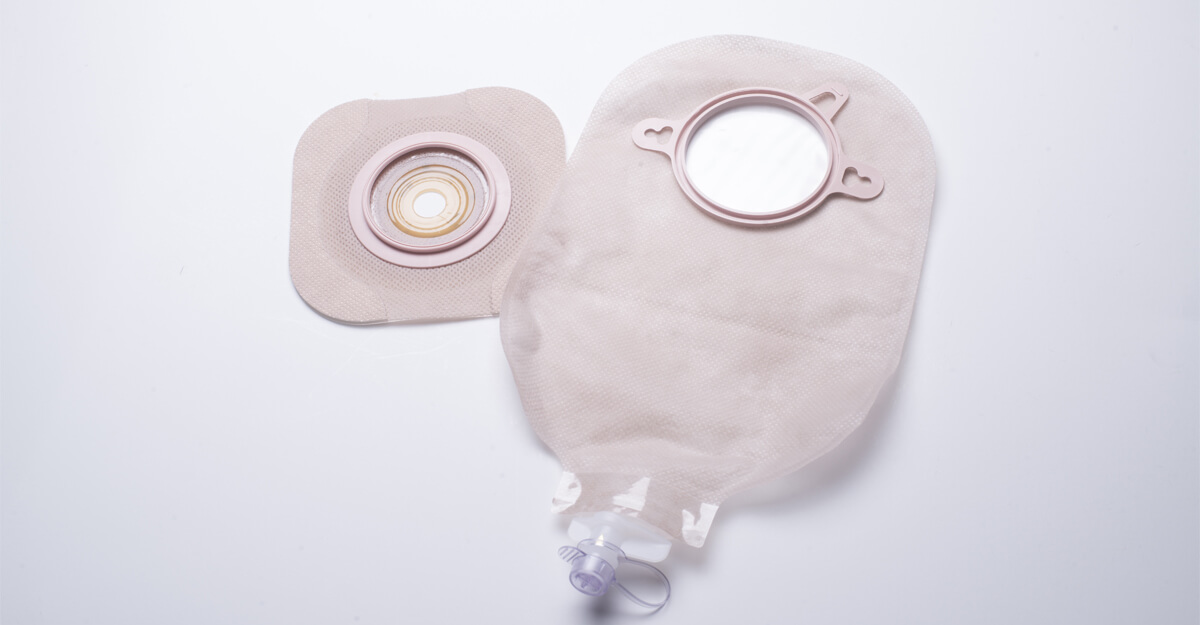In 2019, researchers in China released an important study on interventions with ileal conduit patients after having undergone surgery for bladder cancer.
It has since proven to be a wonderful resource for all providers who work with ileal conduit patients.
The study began in 2014 with the establishment of a “dedicated team” of ostomy specialists who provided standardized postoperative care.
Its purpose was to undercover the effects of a more involved, systematized program of postoperative care for patients with ileal conduits who were discharged from the hospital.
The Research Method
The postoperative care under evaluation included multicomponent intervention by the nurses on “stoma-related complications, self-efficacy, and health-related quality of life in patients with an ileal conduit.”
The study was conducted from January 2014 to June 2016. A randomized controlled trial was composed of 46 patients who had undergone radical cystectomy and had an ileal conduit for the management of muscularly invasive urothelial cancer.
Criteria included, among other requirements, adults between the ages of 50-70, the absence of comorbid conditions, and no history of mental illness and cognitive impairment.
The patients were randomly assigned to an experimental or control group.
The research procedures were approved by the ethics committee of the hospital and the written, informed consent of all participants was obtained before the randomization occurred.
Research Design
The control group received routine postoperative ostomy nursing by “general” nurses on the inpatient ward. This included teaching the patient and their family about care of the ostomy and peristomal skin, diet and daily life guidance, as well as selecting, emptying and replacing the ostomy bag.
Prior to discharge, the teaching was reinforced. In addition, written material was given to the patient that included a description of ostomy care and how to make an appointment for follow-up care if needed.
If peristomal skin problems arose, the patients were encouraged to obtain care from an ostomy nurse.
After discharge, the experimental group received the same education and basic care the control group did. However, they also participated in a multicomponent nursing program provided by the ostomy care team.
The team included one WOC/enterostomal therapy nurse and three RNs with specialized training in ostomy care provided by the certified enterostomal RN.
The multicomponent nursing program consisted of:
- An individual, comprehensive health record.
- Monthly lectures by the ostomy care team focused on ostomy self-management, including bag removal, observation, cleaning, and replacing a new bag.
- At least one family member required to attend the lecture with the patient.
- A physical assessment and care provided to the patient at each lecture.
- Monthly telephone calls from a member of the ostomy team to determine problems, such as stomal or peristomal complications, psychosocial status, and lifestyle.
- Availability of an ostomy support group held quarterly with ostomy patients to discuss living with an ostomy and psychosocial distress.
Members of each group were required to complete several instruments: a standardized form for demographic and pertinent clinical data, the Stoma Self-Efficacy Scale, and the City of Hope Quality of Life-Ostomy.
Additionally, two prevailing ostomy-related complications — uric acid crystals and peristomal moisture associated skin damage — were assessed during the study period.
Results of the Ileal Conduit Study
The researchers identified several findings of interest. Although limited because of the size of the groups and only one research facility, outcomes included:
- Education on ostomy self-management can reduce the incidence of the selected ostomy-related complications.
- The experimental group possessed greater self-efficacy in ostomy care than the control group.
- Family support is vital in restoring patient physical and psychosocial health after a urostomy.
- Certification in WOC/enterostomal nursing and the training of other nurses who work with urostomy patients are important.
Implications for your practice
There is no doubt nurses play an essential part in a patient’s successful adjustment to any type of ostomy, including a urostomy. The nurse-led patient and family teaching, support, and information provided aided those in the experimental group.
You want to remember, then, that it is not only important to teach the “how tos” after an ostomy, but also to provide the psychological nursing care needed for your patients to be confident and well-adjusted to his or her new life.
The study also clearly shows that more research is needed in the area of peristomal skin complications. There are many post-surgical skin problems we highlight in the blog post, “It’s Complicated! Ostomy Patients and Periostomal Skin.”
By participating in additional research in this area you can improve the knowledge base of ostomy nursing care and contribute greatly to the overall health and well-being of your patients.
Research is no easy undertaking but there is a wealth of information available to help you start undertaking this important mission.
You can learn more about the various types of research that can lead to evidence-based practice in ostomy care with Nurse.com’s “Evidence-Based Practice.”
Grab your spot in this year’s virtual Wild on Wounds (WOW) conference now!
What do you think?

